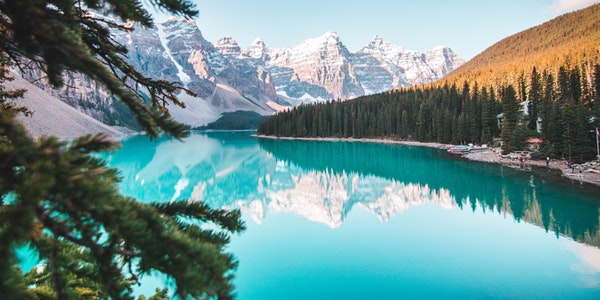Table of Contents
Hyperfocal Method
This is the method most mentioned in traditional photography textbooks. Hyperfocal distance refers to the maximum depth of field range that can be achieved under the condition of constant aperture and fixed focal length. We call it the hyperfocal distance at this focal length and this aperture.
When we focus on the skyline (infinity) when framing, we will get a clear point closest to the lens, and the unsharp range between this clear point and the lens is the hyperfocal distance. If we find this clear and blurry boundary in actual shooting, and focus on it, we can achieve the effect of panorama depth.
Since it is impossible to always use the same focal length and aperture between shots, it is necessary to test the lens with different focal lengths and apertures. We can also predict the hyperfocal distance from the depth of field window on the lens. This can be easily applied in actual shooting.
Depth of Field Characteristic Method
We all know that to get a large depth of field, you can shoot with small apertures, long distances, and short focal lengths. But we also need to understand that the depth of field also has a characteristic, that is, the depth of field in the back is greater than the depth of the foreground, and it is twice the depth of the foreground.
When we understand the characteristics of the depth of field, we only need to follow this depth of field characteristics when focusing on the actual shooting, and focusing on the front third of the selected picture will naturally conform to its characteristics. In this way, the picture taken will naturally achieve the effect of deep panorama.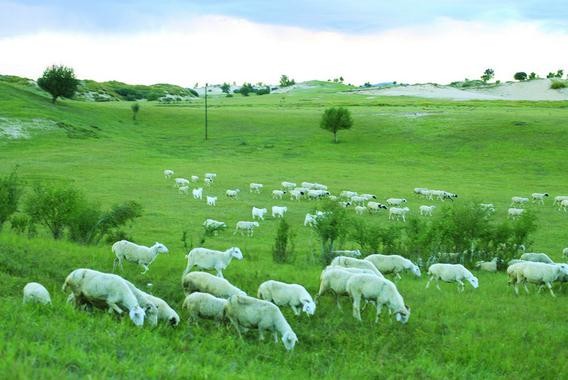
Depth of Field Compositing
The two focusing methods mentioned above can basically meet our general shooting requirements. If the depth of field requirements are particularly strict, the depth of field synthesis method can be used.
During specific shooting, the fixed camera position does not move after framing, and one shot is taken for the foreground focus, one for the medium focus, and one for the distant focus. In this way, three pictures with different focus areas are obtained, which are then synthesized by post-production software, and the details of the synthesized pictures are far beyond the above two methods.
Unknown Tips for Landscape Photography
Foreground, Subject and Background
In the picture, you can find the three elements of foreground, subject and background, which is a perfect big picture.
With the blue sky and white clouds as the background, the rolling mountains as the main body. And the meandering streams as the foreground, it constitutes a superb scene that should only be found in the sky.
If there are only two of the three elements, although the layering is good, it cannot be called a stunning photo. Try to analyze landscape photos, which often have three elements: foreground, subject and background. In the foreground can be streams and lakes, or silhouettes of shadows on the ground. The subject is a building, a mountain or a visual focal point. The background is accompanied by blue sky and white clouds, or morning and evening sky.
levels of light
Forward light with a little side light can present the best level of distance and distance. This is the decisive factor for beautiful scenery. The clear weather in the early morning was shot again, the lakes and mountains were beautiful. And the distance and level were excellent. Although the light in the afternoon is quiet and pleasant, the gray light cannot show the sense of hierarchy.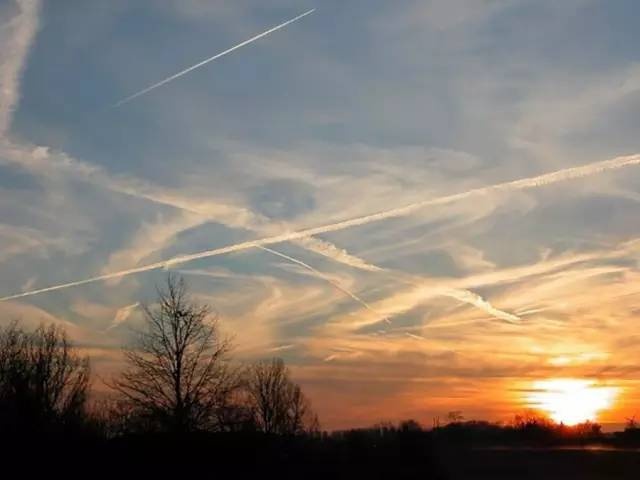
Often we appreciate a photo of a superb view, and we happen to have visited it before. And we may sigh “why can’t I take such a beautiful photo”. In fact, often in addition to composition, the creation of light is very important. The master will choose the most appropriate time and weather for taking pictures. And even visit again and again, just to cooperate with the best weather. When traveling photography, you should also collect detailed information and plan ahead in the morning or afternoon to shoot in order to obtain forward light or side light shooting.
Straight and horizontal composition
In large-scale photography, the banner composition can show a broad momentum. But appropriate vertical composition can also show a sense of continuation before and after. The large and small waterfalls lined up in a row are very spectacular. When the streams and waterfalls in front are all in view, they are not only clearly explained, but also pleasing to the eye. The large and small waterfalls hanging on the mountain walls are also magnificent when displayed as banners.
The vast majority of landscape photos should be presented in a banner composition. As this gives a sense of spaciousness and continuity. However, when the scenery is properly arranged before and after, or the super high buildings, etc., the straight frame composition can express the long history and enhance the three-dimensional feeling.
Photography should not be greedy
Especially in landscape photos, the focus of the scene is more resonant. A simple lookout on the beach, when you look up close, you can see that the building is simple. And from a distance, it is just an inconspicuous small house. However, relying on the change of color temperature of the setting sun, the continuous adjustment from yellow to blue. And the waves on the water surface, constitute a refreshing and stunning photo.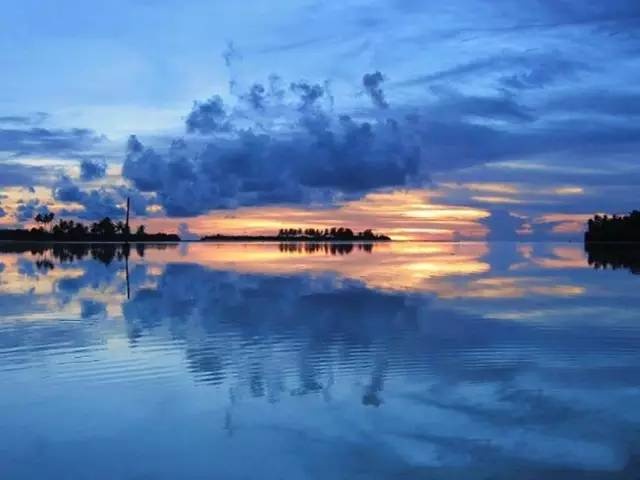
When encountering rare and superb scenery, photographers sometimes fall into a myth: the sky and clouds are extremely beautiful, the green mountains and green water cannot be omitted. And the flowers and plants in the foreground are brightly colored, etc. All of them are recorded with a wide-angle lens. The result becomes visual disturbance and loss of visibility. Simplify the complexity, look for simple things around you, match the best moments, and the beauty is natural.
Horizon processing
The placement of the horizon, depending on the particularity of the sky or foreground, decides on the upper or lower third of the picture.
When encountering a scene reflected on the water surface, most people may adopt the practice of placing the horizon in the middle of the picture. In fact, it should be adjusted according to local conditions. If there is something special about the foreground, such as dark rock layers or foreground silhouettes, let the foreground take up two-thirds of the way and raise the horizon. If the sky is cloudy, lower the horizon to the lower third. As for the visual experience, it can be understood by viewing the actual photos.
Geometry elements
Circles, triangles or overlapping geometric figures can stimulate people’s visual senses, and the durability will be greatly improved. When people look at a photo, they will involuntarily find geometric elements in the picture, such as circles, triangles or rhombus. And their vision will be stagnant there. If repeating geometric elements can be found in the scene, take advantage of them.
Manipulate white balance
Trying fluorescent white balance or white balance shift function for morning and evening photography will have unexpected effects. Fluorescent white balance, combined with a white balance shift, produces exceptionally bright tones. When shooting with automatic white balance, the camera corrects the color temperature of the morning and evening hours, often at the expense of particular tonal shifts.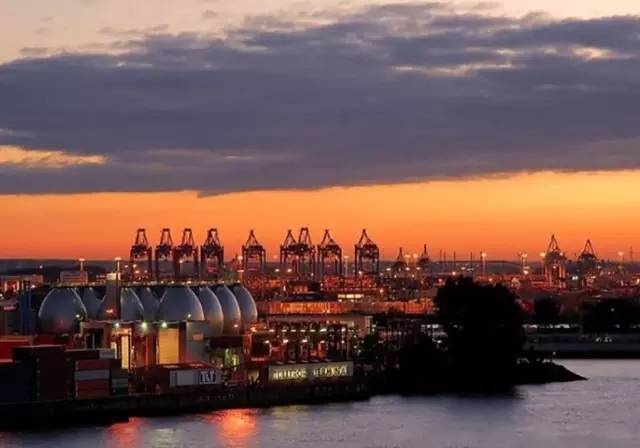
If it is set to “Daylight White Balance”, the color rendering is the same as when shooting with positive film in the past. But there’s a better suggestion: use a “fluorescent white balance” that preserves the red hue while intensifying the blue, and the special blue-violet effect is addictive.
Built-in flash
Landscape photos use the built-in flash, which subverts the traditional impression, but it is a good tool for filling light. Fishing down a tree full of cherry blossoms, creating a sense of exaggeration with an ultra-wide-angle lens. The built-in flash fills the light, and the details of the stamens are clear. If no flash is used, the backlit cherry blossoms appear dull.
Don’t think that flash is used for portrait photography, and landscape photography should not use flash. In fact, as long as it is backlit, when you need to supplement the light, the flash can still be used appropriately. And although the built-in flash has a low index, the amount of fill light may be insufficient. But because of this, it will not destroy the overall picture coordination and achieve a sense of balance.
